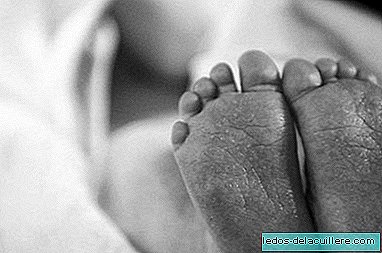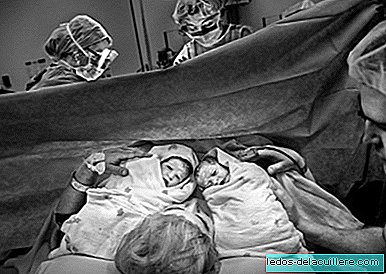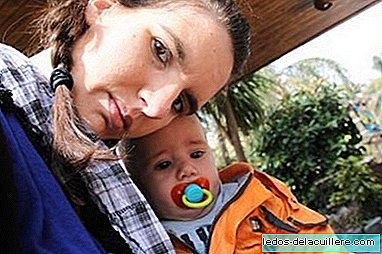
More than one million mothers and newborns die each year from birth complications easily preventable, given the shortage of qualified professional care in many contexts, according to a new Save the Children report.
Specifically, the work of midwives properly prepared in the developing world would be essential to reduce the number of deaths in childbirth.
In the less developed countries of the world, more than half of women give birth without any preparation, compared to only 1% in Britain, and about two million women give birth totally alone.
About 1,000 mothers and 2,000 newborns die each day as a result. Another 350,000 professionals prepared to save lives are needed, as the report points out 'Missing Midwives' ("Midwives are missing").
Appropriate training for midwives
We have already indicated on other occasions that the definition of "midwife" or "midwife" of the different international organizations is that of a person competent in obstetrics, specially trained for the care of normal delivery. However, there are wide differences between countries regarding the training and tasks of midwives.
In general, a competent midwife is trained to act in case of complications and has certain knowledge and training in obstetrics and related topics, such as pediatrics, family planning, epidemiology ...
Responsible for Save the Children point out that a good preparation of midwives could mean the difference between life and death, and that no mother should face childbirth without help.
Prepare midwives in only eight procedures, including keeping the baby warm and fed, could cut the number of deaths by more than a third in the 68 countries that have the worst death rates of newborns, according to the Save the children report.
Experience with specific programs to curb maternal death indicates that broad effectiveness is achieved, which should encourage developing countries to work on similar programs.

Positive results of midwifery training
In Afghanistan, which has one of the worst rates for both mothers and children, the number of rural births assisted by trained professionals (graduated midwives) grew from 6% to 19% between 2003 and 2006, according to Save the Children, a breakthrough linked to fewer deaths.
This is intended to achieve the rates recommended by the World Health Organization, which places the figure in one midwife for every 175 pregnant women.
Resolving the shortage of professionals will require money for training and payment to professionals, better working conditions ... That is why those responsible for Save the children ask rich and poor countries to place health workers at the center of their policies, and seek economic and political support to prepare and finance more midwives for developing countries.
Through this priority, adequate training so that midwives are not lacking in the world, it would be possible to stop the deaths of newborn babies and mothers who give birth every day.












